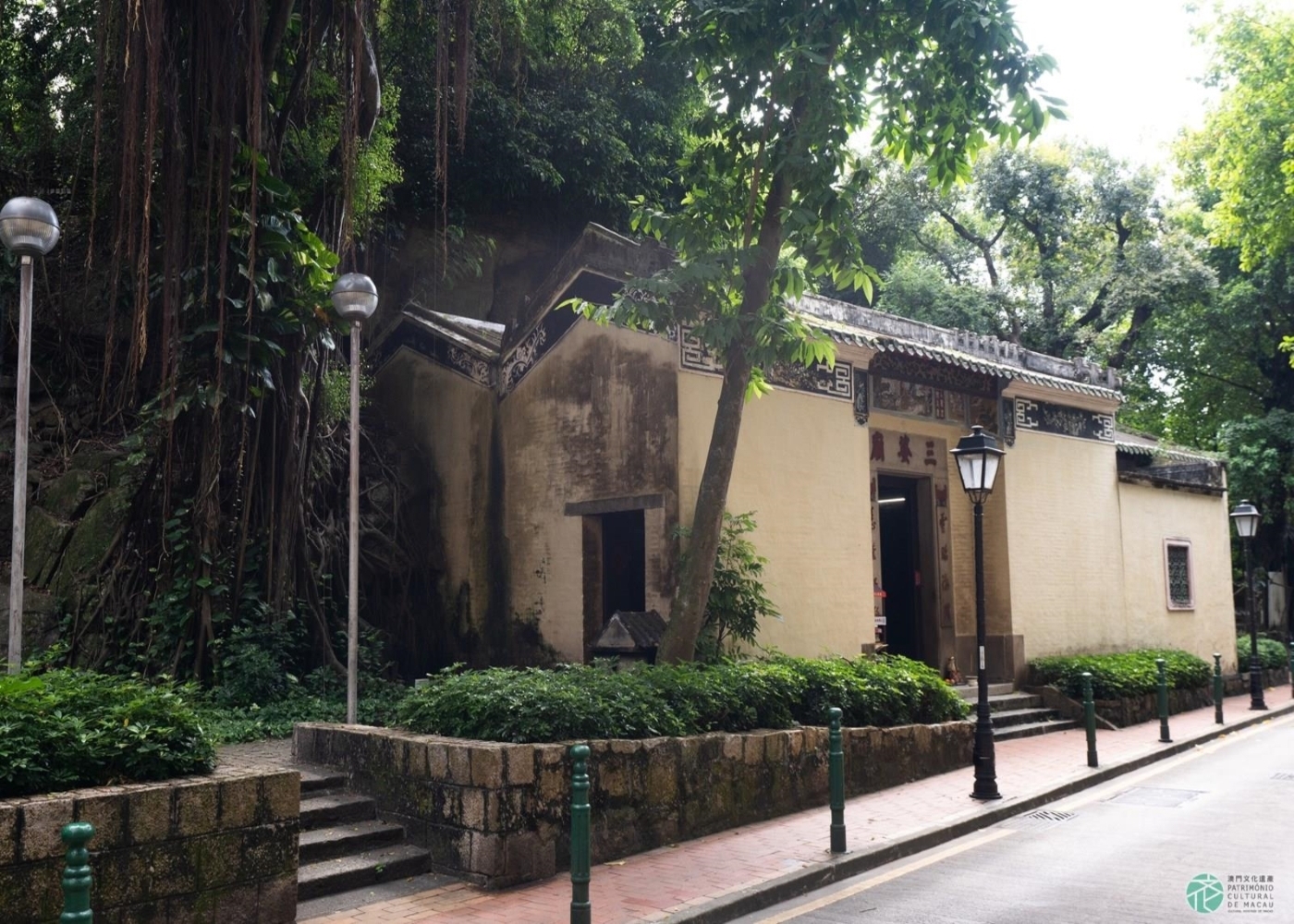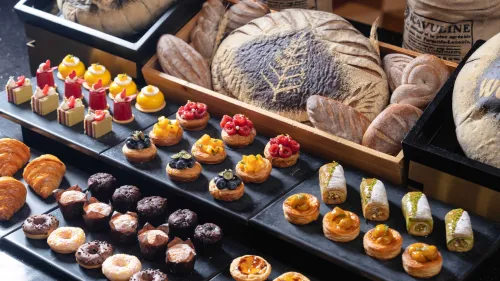Explore Your Spiritual Side With These Beautiful Temples in Macau

The influence of Portugal's 400-year-rule on Macau can easily be seen in its "East-meets-West" culture, from its beautiful colonial architecture to its delicious cuisine that blends both countries' strengths and heritage. There is also religion, but while the Portuguese introduced Roman Catholicism in Macau and made the first diocese of the Far East out of it, the Catholic population in the region today stands as a minority.
Much of the Macanese population practices Buddhism and other Chinese folk religions like Taoism and Confucianism, while a small percentage identifies as Christian, Hindu, Muslim, and Jewish.
Naturally, apart from its Catholic churches, Macau is also teeming with temples that are brimming with stories of the region's history and heritage. These temples are considered Classified Immovable Properties by the government. It would be impossible to explore each temple in one day, but if ever you find yourself in Macau, here are five beautiful temples you should visit to explore your spiritual side.
Lin Kai Temple

The Lin Kai Temple in Travessa da Corda is almost 200 years old, having been constructed in 1830 on the 10th year of the Daoguang Reign. According to the Macau Temple Civilization, "lin kai" translates to lotus and stream, which the latter pertaining to the "topography of Macau" and "stream to "the water that ran down the Lotus Mountain and passe the temple in the past." Back in the day, locals raised money to renovate the temple, which was finished between 1875-1908. It has nine chambers, as per the Cultural Heritage of Macao, and is dedicated to 15 gods and goddesses, such as Choi Bak (God of Wealth), Va Kuong (God of Fire), and Kun Iam (Goddess of Mercy), among others.
Location: Lin Kai Temple, 25 Travessa da Corda
Sam Po Temple

The Sam Po Temple on the island of Taipa was constructed in 1845, taking after the form of a natural cave. According to the Cultural Heritage of Macao, it's built on an actual giant rock, "immersed completely within the temple. The rock is a sacrificial stone in which a shrine was carved." The temple, which has traditional South China architecture, was renovated in 1864 from funds that Macanese fishermen raised. Sam Po, known for defeating the pirates, is the third sister of Tin Hau (Goddess of Heaven) and is revered by the fisherfolk. Make sure to pay attention and admire its double-leaf doors, drawings, calligraphy, and sculptures when you visit.
Location: Sam Po Temple, Rua de Fernão Mendes Pinto, Taipa
Lin Fong Temple

This large temple dates back to 1723 and is the house of worship for the gods Tin Hau and Kun Iam. Formally known as "Palace Chi Hu," the temple changed names to the "New Temple of Nheong Ma" before earning its name Lin Fong Temple. As per the Cultural Heritage of Macao, it is one of the three oldest temples in the region and is capacious in nature, with three halls, two chambers, and a pavilion for Chinese officials who came to visit. Its construction was supported by the Chinese government and local Chinese businessmen.
Location: Lin Fong Temple, Avenida de Almirante Lacerda
Pou Chai Temple

The Pou Chai Temple, also known as the Kun Iam Tong Temple, can be found along Avenida do Coronel Mesquita. Along with the Lin Fong Temple, it is considered one of the three oldest temples in the region, as its iron bell was found with an inscription dating to 1632. It was restored twice in 1818 and 1858, as per the Cultural Heritage of Macao, and served as the home of the Chinese master painter Kou Kim Fu during World War II. The temple has three chambers, side halls, capacious rooms, a garden, and a memorial hall. Trivia: If you venture in its garden and see a stone table and stools, that's where China and America signed the "Treaty of Mong-Ha."
Location: Pou Chai Temple, Avenida do Coronel Mesquita
Na Tcha Temple

The Na Tcha Temple is just a hop and skip away from the Ruins of St. Paul's College. As per the Cultural Heritage of Macao, legend tells us that Na Tcha was just a teenager when a Taoist priest gave him powers, which he used to protect his village by defeating the Sea Dragon King. The temple was constructed in 1888 and reconditioned in 1901. Although small, it is a beautiful temple where the hero of the story is celebrated annually with a procession. If your schedule can't allow you to visit the Na Tcha Temple, you may check out the Cultural Affairs Bureau's VR tour of it here.
Location: Na Tcha Temple, No. 6 Calçada de S. Paulo (next to Ruins of St. Paul's)
Get the latest curated content with The Beat Asia's newsletters. Sign up now for a weekly dose of the best stories, events, and deals delivered straight to your inbox. Don't miss out! Click here to subscribe.




































